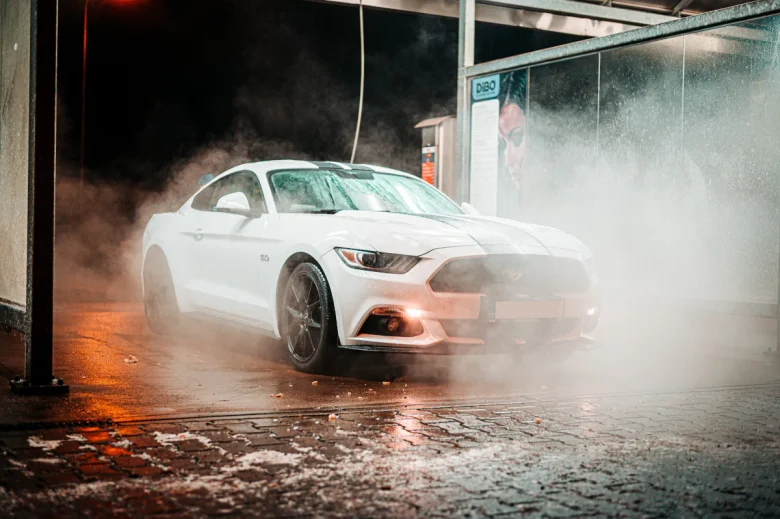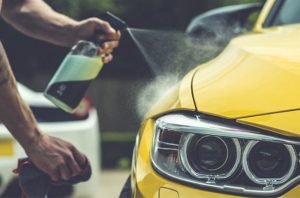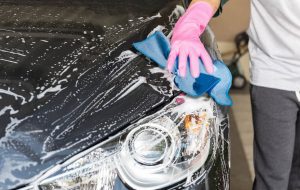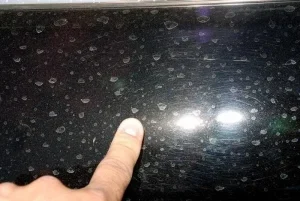An attractive car after washing requires more than simply water; drying it properly requires specific tools, techniques, and considerations that must be met in order to achieve maximum shine.
Selecting an effective way to dry your car means preventing unsightly water spots and streaks from marring its surface. Here are some practical suggestions that can help your achieve that showroom shine.
Choose the Right Tools
Washing a car correctly takes effort and attention, so its finish remains flawless. However, it can be easy to overlook one key step that could have an immediate and dramatic impact on its appearance and integrity – drying off after washing is essential in maintaining that lovely shine that you strive for when showing your ride off!
First step to successful car detailing is choosing the appropriate tools. Although it may seem counterintuitive, using inappropriate towels or blow dryers may cause unsightly water spots and streaks on your paint job. Microfiber drying towels specifically designed for drying cars typically feature an ultra-soft waffle weave design that helps them absorb water faster than regular towels.
Keep a good supply of towels handy to protect the finish on your car from collecting dirt and minerals from water while in use, which may leave residue behind and increase risk of scratching when wiping over it. In particular, never use one that has been dropped on the ground as even small rocks could remain lodged within it and cause further scratching to your paint job.
Whenever possible, opt for a rinseless wash in order to minimize drying times; if this isn’t feasible then give each panel a thorough final rinse prior to starting to dry them – this will help minimize water spots as well as protect those parts that have already dried from getting wet while you work on other panels.
Be Gentle
When drying a car, care must be taken when drying its paint surface. Too much friction can result in micro scratches and swirl marks on its paintwork; to avoid these problems, use a soft towel instead of dragging across its surface to pat your vehicle instead of drag it across. This method also helps prevent water spots caused by mineral deposits lining individual drops of water forming a pattern on its surface.
To lower the risk of scratching, be mindful when choosing both time and location when washing your car. Exposing it directly to sunlight may speed up water evaporation and leave behind unsightly water spots; whenever possible try washing in shaded locations or smartwash tunnels.
Finally, after washing the car it’s essential that you dry it as soon as possible in order to minimize water spots. A high-quality microfiber drying towel is key here as its designed specifically to be gentle against the paint while being highly absorbent; I personally like waffle weave microfiber drying towels which eliminate friction caused by dragging towels across painted surfaces.
Make sure to test a small area first to ensure the product won’t alter your paint job or cause other complications.
Work from Top to Bottom
Maintaining the necessary materials on hand will allow you to quickly and effectively address moisture problems that arise after washing your car. Start by gathering some soft microfiber towels or chamois designed specifically for drying cars – they’re more likely to protect the paint surface and prevent scratching than regular bath or terry cloth towels, which could contain contaminants that scratch its surface as you wipe. Keep extra towels handy so worn ones can be replaced as necessary.
After giving your vehicle a quick flood rinse, start by drying its windows and mirrors with your microfiber towel before moving onto its body. Be sure to use different towels for each area to prevent cross-contamination while applying clean water to its paint finish. Next, dry the wheels, door jambs, trunk jambs using your towel; and if you have quick detailer spray, spritz some on both surfaces for extra lubrication during drying to help avoid scratches.
Water evaporates to leave behind minerals and debris that can etch into the surface of your car, leaving behind mineral deposits that will become hard to remove once they settle on its surface. Allowing your vehicle to air dry after being washed is not advised since this residue can stick around and create unsightly water spots and residue which are much harder to eliminate than they would have been otherwise.
Blot Instead of Wipe
Blotting instead of wiping when drying your car after washing can help protect its finish from being scraped off by water spots or swirl marks, especially if there’s paint sealant or wax present on its surface. Wiping can scrape these products off and lead to water spots or swirl marks; instead use your waffle weave microfiber towel to soak up excess water – this helps avoid water spots as well as minimize risk of scratching its finish!
Blotting can also be used effectively for extracting airborne dirt particles during washing and drying processes, so if you notice small bits of debris on surfaces during these steps, use your towel textured surface to blot them off without scratching your paint like with a rag would do.
Whenever polishing a vehicle that requires special care, consider using a specialty chamois towel as the final touch. These soft yet absorbent towels leave behind that “just waxed” look without the harsh streaks that regular bath towels produce.
As sunlight speeds evaporation and can increase water spots, it is wise to wash your vehicle in the shade whenever possible. Be sure to work methodically from section to section; wet spots must not dry before being taken care of! By following these guidelines, your vehicle will be free from water spots all year long!



